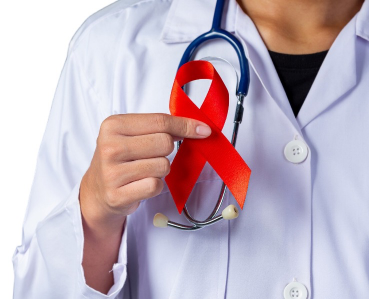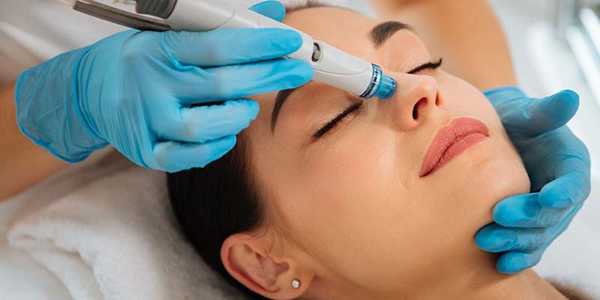借金減額診断で見直す負担軽減の第一歩
Early HIV Diagnosis: Key to Effective Treatment and Long-Term Health
HIV (Human Immunodeficiency Virus) can go unnoticed in its early stages due to the lack of symptoms, making timely diagnosis critical. Left untreated, the virus may progress to AIDS (Acquired Immunodeficiency Syndrome), a life-threatening condition. Early detection enables prompt intervention, reducing complications and improving long-term health outcomes
HIV (Human Immunodeficiency Virus) can go unnoticed in its early stages due to the lack of symptoms, making timely diagnosis critical. Left untreated, the virus may progress to AIDS (Acquired Immunodeficiency Syndrome), a life-threatening condition. Early detection enables prompt intervention, reducing complications and improving long-term health outcomes

Key HIV/AIDS Diagnostic Tests
1.Antibody Screening Tests
Also known as ELISA (Enzyme-Linked Immunosorbent Assay), these tests detect antibodies the body produces in response to HIV infection. Antibodies usually appear 2 to 8 weeks post-infection, making these tests highly reliable once the immune response begins.
2.RNA Tests
RNA tests can identify HIV within 10 to 12 days after exposure, providing one of the earliest detection methods. However, due to higher costs, RNA testing is generally reserved for cases with high-risk factors or when symptoms suggest a potential infection.
3.Antigen or Antibody Combination Tests
These tests detect HIV antigens—proteins from the virus itself—alongside antibodies. Antigens can appear within 2 to 4 weeks of infection, offering quicker results. Some rapid combination tests deliver results in as little as 20 minutes, ideal for immediate diagnosis.
4.Saliva Tests
A non-invasive option, the saliva test involves collecting a sample on a cotton pad for laboratory analysis. Results are typically available within 2 to 3 days, making it a convenient alternative for those who prefer not to undergo a blood test.
Factors Influencing HIV Treatment
Once diagnosed, doctors consider the following to create an effective treatment plan:
- Readiness for Treatment:A patient’s willingness and commitment to begin therapy are critical for successful outcomes.
- Severity of Infection:The extent of immune system damage or viral load influences treatment options.
- Underlying Health Conditions:Other medical issues are assessed to tailor therapy and minimize risks.
These evaluations help determine the best approach to reduce the viral load, bolster immune health, and prevent the virus from progressing to AIDS.
Conclusion
Accurate and timely HIV/AIDS diagnosis is the cornerstone of effective care. Early detection not only allows for immediate treatment but also prevents significant health deterioration. If you suspect potential exposure to HIV, testing is essential. With prompt diagnosis and proper therapy, individuals living with HIV can lead healthy and fulfilling lives.











